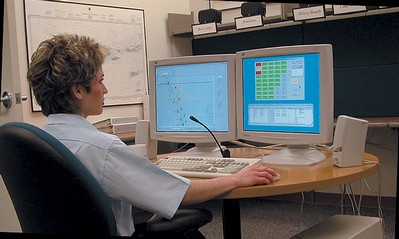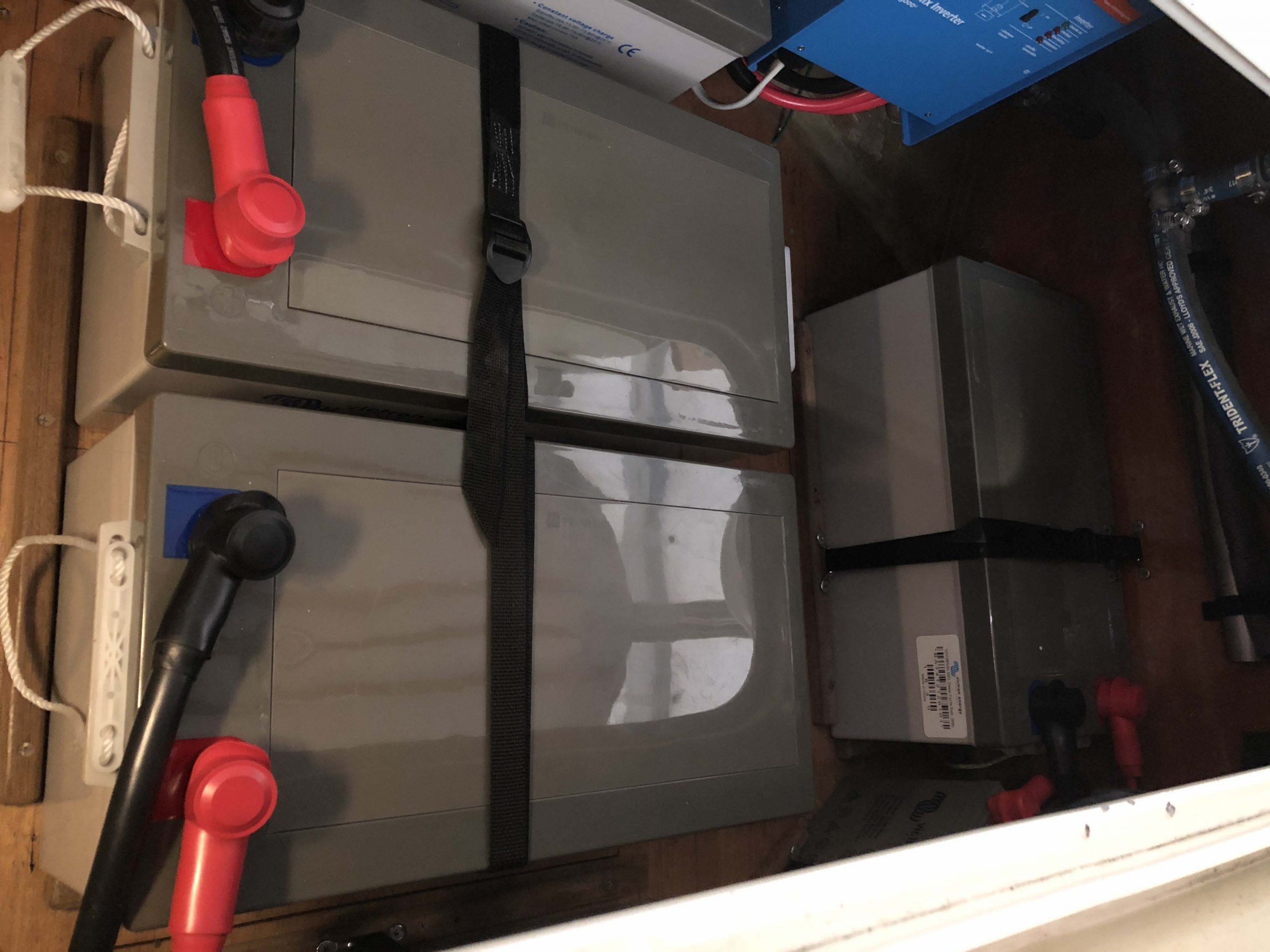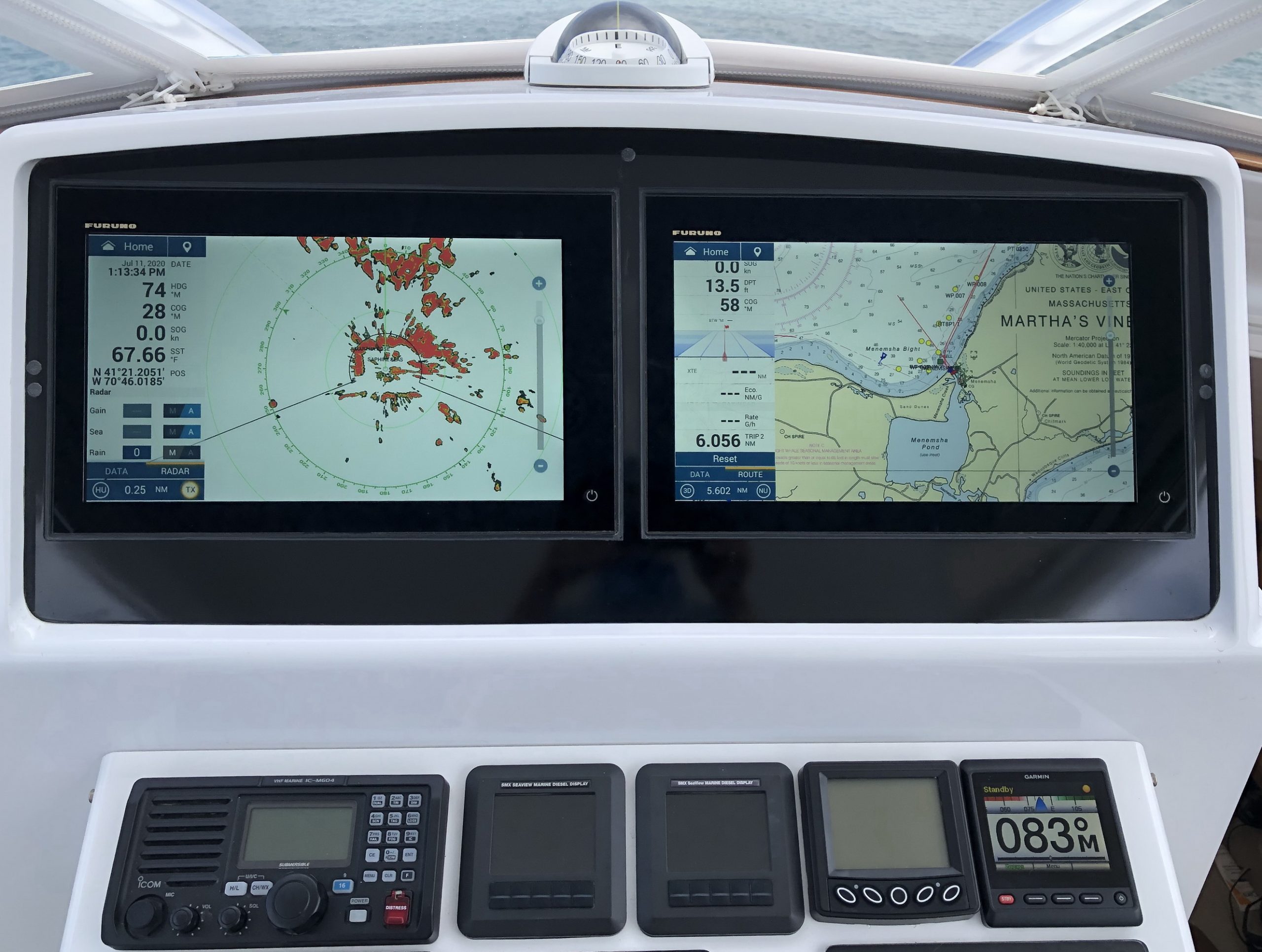Rescue 21, and magazine life
Last night my May PMY electronics column went up on the magazine’s Web site, one of the first up for this issue for some reason (probably random). I don’t think there’s another boating magazine on the planet that publishes so much of its content to the Web so quickly, not to mention so well. I’m one writer who really appreciates it (there are some freelancers who fear that Web publishing will lead to theft of their work, but that’s another subject).

At any rate, the column is about the U.S. Coast Guard’s new search and rescue communications system, called Rescue 21. It’s going to be extremely powerful, but has suffered recent delays, which come on top of previous delays. Naming it after a century—instead of a year like NMEA 2000, also powerful but also slow to really happen—was a good idea.













We have had Rescue 21 available on Long Island Sound since October 2007. I did the following write up to encourage my local yacht club members to impliment DSC on their boats.
I thought I would share a copy with all of you, in case you would like to also take up the crusade of encouraging local boaters to take advantage of this important safety capability.
Go ahead and borrow as much or all of it as needed, and make the necessary changes to make it your own.
——————————–
Rescue 21 – Enabling the Red button on your VHF Radio
If your handy with electronics, I have an important spring project for you.
If not, the next two weeks is an ideal time to contact your local boat yard to arrange for a quick upgrade of your boats electronics to be compatible with the new US Coast Guard Rescue 21 search and rescue service.
Rescue 21 makes it far easier for your crew to get help from the USCG so you can attend to the emergency rather than the sometimes lengthy process of calling for help on VHF channel-16. It could also give you piece of mind, as it does me, that my crew can get help quick for themselves or I, if I am disabled or MOB. And they can do it without being aware of the boats location or how to use the GPS.
Rescue 21 is based on a VHF radio feature called Digital Selective Calling. The US coastal DSC system is called “Rescue 21” by the Coast Guard who are installing the system around our coasts, including Long Island Sound in October 2007.
One of the uses of DSC is to generate a signal to authorities that tells them you are in distress and where you are with emphasis on rapid response.
To work, this requires
1. The output of your GPS (Global Positioning System) or GPS enabled chart plotter to be connected to a DSC capable VHF radio (like the radio’s that have the red button labeled “distress” on your boat.)
2. For your radio to be registered in the USCG data base.
3. The provided database MMSI number programmed into your radio.
4. Some instructions posted near your radio. (e.g. push the red button, etc.)
5. For your crew to know that in an emergency, they can follow those instructions to bring help to your boat quickly, even without knowing your location.
This is great because with DSC.
1. It’s much simpler to teach your crew how to respond if you are disabled.
2. Your crew does not need to know your location. (How many emergencies have you heard on channel-16 where the location of the emergency is, at least initially, unclear … most all of them, right ?)
3. USCG can respond much faster, knowing your location is accurate, and not first asking nearby boaters if they see you.
4. Boat US and SeaTow can see your location as quickly as the USCG can.
5. Nearby boaters can also respond much faster, having either
a. A good description of your location from the USCG.
b. For those boaters with a full electronics package, they can see your location on their chart plotters, and head right for your location to offer assistance to your crew and you.
Take action right now before your boat yard gets busy with spring work – especially if your going to need the assistance of your local boat yard.
1. You need wiring to be run from your GPS or chart plotter, to your VHF radio.
2. The GPS or chart plotter NMEA output needs to connected to your VHF radio’s NMEA input. If you have an older VHF radio (no red button), a replacement radio costs about $200. (See February 2008 Practical Sailor for an evaluation of low end VHF radios)
3. Get an MMSI number and program into your VHF radio. If you don’t have a VHF license, that is ok, you can get your MMSI number from Boat US:
http://www.boatus.com/mmsi/default.asp?WT.mc_id=400089
4. Verify MMSI number is programmed correct and that the GPS LAT/LONG is received by the radio, debug if not. (not so easy on some radios, but your boat yard has the experience to do this)
5. Each radio manufacturer has a short instruction sheet to keep by your radio on how to use the feature. Get it, print it out, and fill it in (with your MMSI number, etc) so family members can use it if your disabled.
Best Regards,
Dan & Yunji
I was asked to recommend a GPS, with NMEA output, to provide a VHF radio lat/long so as to make the distress button work.
No chartplotter, no nothing else, just a GPS with an nmea output at the lowest possible cost.
What should I recommend ?
Anyone recommend a GPS as above ?
Virtually any handheld will work, but I suspect you are looking for something simpler. There are quite a few self contained antenna pucks that output NMEA 0183 over blue tooth, USB and serial connections. They require power and a relatively clear view of the sky. I am using a bluetooth puck at the moment, but that would require some conversion. I’ll do some digging and get back.
I am looking for something that is permenantly mounted, does not require any other devices to be turned on (like a PC or chartplotter), connect straight to a VHF radio’s NMEA IN, and can be connected to VHF power (so that it is always on when the VHF is on).
This isn’t for me, it’s just something to recommend to people who have a DSC capable radio, and wnat to make upgrade to use Rescue 21 with a minimum of expense and complexity.
I am looking maybe for two recommendations.
1) Installed on a rail, etc.
2) Installed inside. If it costs a little extra money, but need not be installed outside the boat (works thru fiber glass, etc.), that would likely cost less than installation outside and associated wire runs.
Got it. I focused on “smart gps antennas” that are aactually a complete receiver in a puck. To keep it simple I looked for such a gadget with a bare wire or db9 plug to make it easy to connect the NMEA data out pos and grnd pins. I understand that the criteria are price and ease of install, but as you can see, an Etrek on Ebay could be cheaper, including a power/data cable!
https://buy.garmin.com/shop/shop.do?cID=157 lists current and discontinued receivers. Of the latter, the GPS35 series would have fit the bill.
http://www.sequoia.co.uk/components/product.php?d=3&c=35&f=88&p=1035&fmt=grid may do the trick if you can find one.
http://www.linkspoint.com/serialgps.asp ditto
http://www.deluo.com/Merchant2/merchant.mv?Screen=PROD&Store_Code=DE&Product_Code=GPSU requires an optional serial/power adapter cable.
I have used USGlobalSat devices. Available in 20 channel SiRF Star III waterproof bulkhead models. One I had in a Jeep even worked in the carwash while the rack travelled back and forth doing its scrubbing bubbles thing.
They have some downloadable software also for testing devices.
Doug
I am curious why the hoax yacht explosion falsely reported off Sandy Hook, NJ by VHF radio wasn’t originally identified upfront as originating over land, but only later identified as being over land.
http://nj1015.com/sandy-hook-hoax-distress-call-cost-taxpayers-big-money-audio/
Any insight on why the direction finder feature of Rescue 21 apparently failed to prevent the huge search, especially considering the hoax transmission was very clear and more than long enough in duration to sample?
Does this feature of Rescue 21 not work in real-time?
Man, it’s creepy to hear that bastard impersonating a real distress situation so well.
I don’t know what happened to the Rescue 21 direction finding capabilities in this situation, Dan, but I have heard that they work quite well except when there’s a lot of cross talk on the same channel. The rescue center in Miami, which I got to visit in February, said they use DF a LOT, though they sure wish more people would use DSC. I’ve been meaning to write aboat that visit and will.